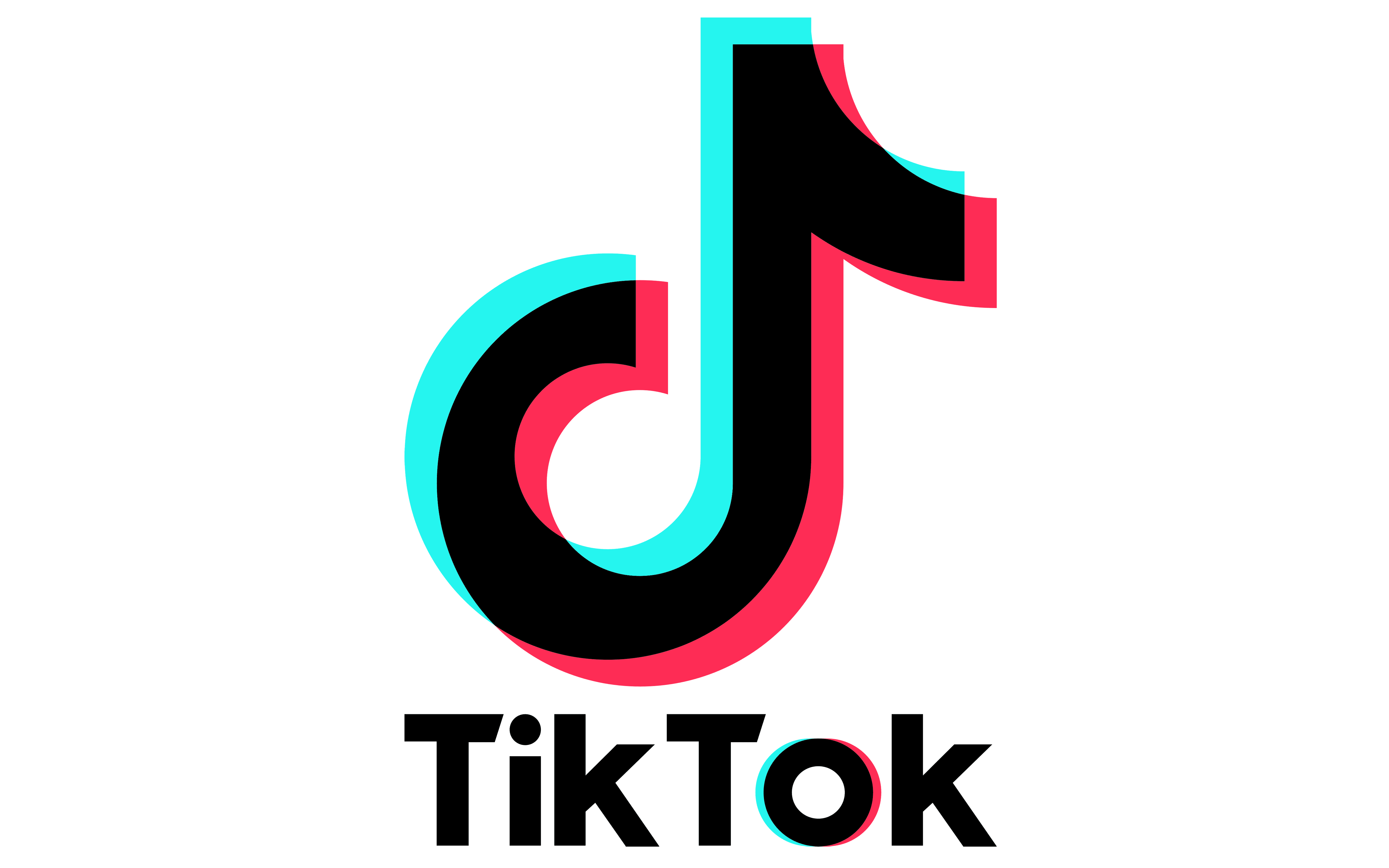TikTok’s new OOH media partners include:
- VEVO – Popular music video network reaching bars, restaurants, and other venues
- ReachTV – Major airport TV network
- Loop TV – Free ad-supported streaming TV for businesses
- Raydiant – Platform for in-location display ads
- GSTV – Screens at gas station pumps
- Screenvision – Cinema advertising
- DIVE Billboards, Adomni – Billboards
This builds on an earlier partnership with Redbox announced in October 2022, which brings curated TikTok videos to over 3,000 DVD rental kiosks nationwide. Brands can sponsor specific videos to promote products, similar to commercials on traditional TV.
For TikTok, OOH represents a major new revenue stream as the company seeks to diversify beyond in-feed mobile ads. For brands, it provides creative ways to extend campaigns to real-world contexts where audiences spend time outside of their phones.
DOOH Aligns with Broader Rise of OOH in Media Strategies
TikTok’s OOH expansion mirrors a larger trend of brands allocating more media dollars to out-of-home advertising across channels like:
- Billboards
- Transit displays
- Airport media
- Gas station video pumps
- Mall kiosks
- Taxi and rideshare ads
Strategic use of OOH is increasingly important for driving brand awareness and integrating with mobile/digital efforts.
Key strengths of OOH in a modern media plan include:
- Physical reach in high-traffic real-world locations
- Brand building power for driving discovery and memory
- Flexible targeting by location, venue, time of day
- Ability to reinforce and link to digital/mobile campaigns
- Clear branding and visual impact with bold designs
- Raising awareness before product launches or events
- Tactical advantages like geo-fencing convention centers
Limitations include lack of granular targeting and direct response metrics. But innovation is improving capabilities. DOOH networks allow sophisticated audience targeting and real-time customizable ads.
OOH represents both an opportunistic growth area for TikTok and a rising priority for cross-channel brand promotion overall. The lines between digital content and real-world advertising continue to blur in creative ways.
TikTok Advertising Options Expand Across Media Landscape
TikTok has stormed to the upper ranks of digital media in just a few short years. Its massive base of over 1 billion monthly active users skews young, diverse, and highly engaged.
Brand interest in accessing this audience has fueled TikTok’s advertising business. Global ad revenue is projected to triple to nearly $12 billion in 2022.
Initially TikTok ads were confined to short in-feed videos, limiting creative options. But the platform is forging partnerships to expand ad placements and canvases.
Recent expansions beyond native mobile include:
- Shopify integration allowing product sales directly within TikTok
- Launch of banners and other non-video ad units
- Tests of TikTok Shop for social commerce
- Expanded targeting with offline data like purchase history
- 3D augmented reality ads and mini-games
OOH partnerships further extend the addressable market for marketing on TikTok. Analysts compare it to early Facebook’s platform diversification beyond the newsfeed.
This presents brands with more avenues to engage audiences. It also cements TikTok as a central hub bridging digital content and physical media as consumer attention fragments.
Unique Assets of TikTok For OOH Campaigns
While DOOH networks offer standard ad placement, TikTok brings unique assets to out-of-home marketing:
- Massive mobile audience to crossover between screens
- Addictive short video content and creation tools
- Pop culture savvy and youth engagement
- Influencer collaborations and culture-jacking
- Hashtag challenges and viral content potential
Nearly 70% of TikTok’s audience is under 35, giving it dominance with Gen Z and Millennials. This reach is attractive to brands targeting younger demographics.
TikTok’s content is inherently snackable and engaging by design for short attention spans. This translates well to DOOH environments where views are fleeting such as gas pumps or bus stops.
User-generated content and hashtag memes make TikTok a barometer of what’s grabbing attention. OOH ads that tap into these trends can gain traction. A TikTok hashtag challenge designed to play out across billboards and social could drive major awareness.
Influence marketing is also huge on TikTok. Brand deals with creators to make sponsored videos for OOH repurposing can gain authenticity.
While TikTok offers advantages, creators and influencers would need to be tapped judiciously to avoid controversy or risks. Brand safety remains an issue on the platform.
OOH Evolves as Key Component of Omnichannel Media Strategies
TikTok’s surge mirrors fast-changing media consumption habits. Linear TV and print continue declining as mobile video explodes.
But technology disruption has failed to eliminate traditional media. Innovation is merging digital and analog to enrich experiences across environments. OOH remains relevant in this omnichannel landscape.
Industry analysts predict global OOH ad spending will top $41 billion by 2027 even as linear TV shrinks. Growth drivers include:
- Flexibility of digital billboards for context ads
- Blurring lines between online and offline worlds
- Fragmentation of consumer attention across devices
- Media meshing across physical, mobile and audio
- Leveraging spatial computing like QR codes and AR
This is positive for major OOH players like Clear Channel Outdoor, Lamar Advertising and JCDecaux. It’s also created opportunities for startups in DOOH software, data, and programmatic trading.
TikTok’s OOH partnerships illustrate its goal of ubiquity across environments. The superapp wants engagement wherever users’ attention wanders.
